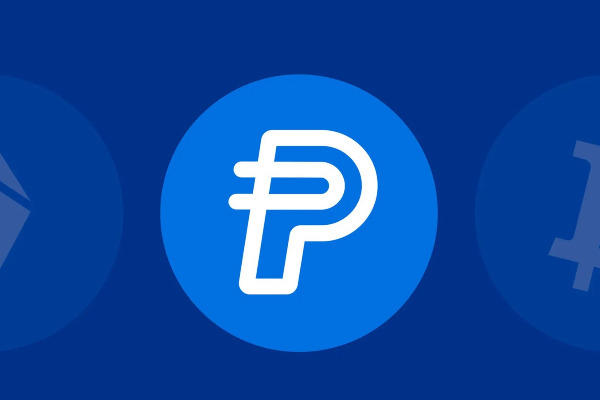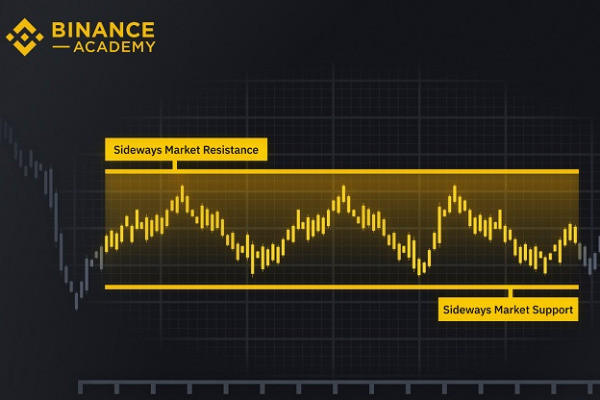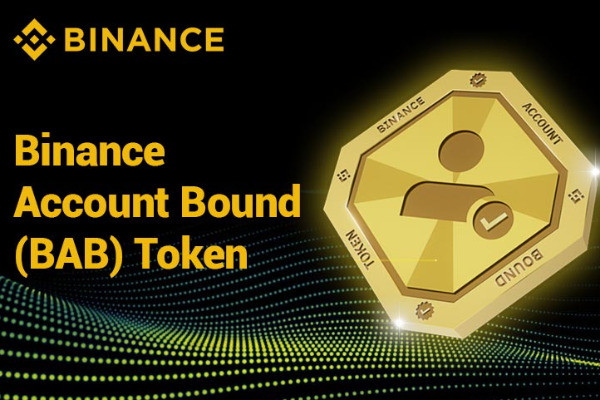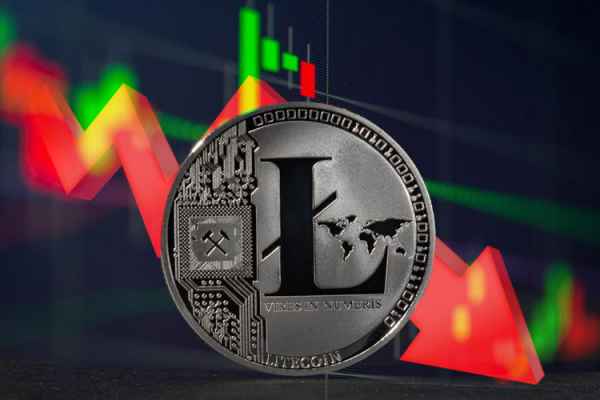In order to keep the environment decentralized, a blockchain needs to have a certain protocol. When it comes to the decision-making process, what are the types of protocols that you need to know?

Cryptocurrency relies on blockchain, a decentralized digital transaction platform. Users need to grasp this technology to embrace its mainstream potential. Blockchain ensures secure and efficient sending, receiving, and tracking of cryptocurrency. It operates without a central authority, fostering consensus among participants to prevent control by any individual. Understanding different protocols is crucial to delve deeper as they impact network performance and come with specific pros and cons.
Here are several blockchain protocols you need to know:
- Proof of Work (PoW)
- Proof of Stake (PoS)
- Delegated proof of Stake (DPoS)
- Proof of Activity
- Proof of Location
- Proof of Importance
- Proof of Elapsed Time
- Proof of Authority
- Proof of Burn
- Proof of Capacity or Proof of Space
- Proof of Stake Time
- Proof of Brain
- Proof of Physical Address or Proof of Bank Account
We will discuss each of the consensus blockchains mentioned above in detail. Check out the full discussion below.
Brief Introduction to Blockchain Protocol
A protocol is a set of rules. In computing, protocols define how data must be structured to be accepted into a system and how the data will be transferred between different computer systems. In practice, protocols have been used for a long time, even before the World Wide Web was ever invented.
They are fundamental to how the internet works, governing data transmission from one computer to another. Bitcoin protocols are similar because they enable server nodes to exchange information over the internet so that all systems in the network can work properly.
The blockchain consensus protocol can ensure the validity of online transactions, eliminate the possibility of double waste, and ensure that no participant cheats. Simply put, the protocol can prove that digital money can be exchanged safely on the internet. Following Bitcoin, thousands of new digital currencies have emerged with their protocols.
1. Proof of Work (PoW)
Proof of Work is the oldest blockchain protocol, often used as the prototype for other modern consensus protocols. It is perhaps the most commonly known protocol because leading cryptocurrencies like Bitcoin, Ethereum, and Litecoin use it.
Proof of Work is necessary to add new blocks to the network. The players who execute this system are called miners. A new block is created each time a miner comes up with a winning proof of work, usually every 10 minutes.
To create a new block, miners must do and prove a particular task. To be precise, they must guess a matching computation, which involves finding a hash that matches certain requirements. The more computations they solve, the more coins they will get.
The first person to solve it will be able to add a block to the chain. Whoever wins will be rewarded with cryptos. Then the blockchain creates a new value that miners must hash, and the race starts again.
Proof of work is an excellent system because anyone can join the network and participate. It also applies in an environment where participants do not trust each other. However, finding the winning proof of work is difficult and can only be done using a specialized computer, which consumes quite a lot of power. Therefore, the cost of computing resources can be expensive.
2. Proof of Stake (PoS)
Proof of stake is another pioneer of blockchain protocols. It emerged as an alternative to the existing proof of work as it requires less energy and offers higher efficiency, though there's debate about this.
The technical feature of this system is the absence of complex calculations. Instead of making it a competition among participants, the system makes the participant pledge their crypto assets and wait to create a new block. The participants in proof of stake are called validators.
Validators should tie up some of their coins so they can't use them when participating in the proof of stake process. Like miners in proof-of-work, they will also be rewarded for participating in this system.
To add a new block, the algorithm will use one validator based on the amount of stake that they have. Therefore, the more money they have, the higher the chance to win additional blocks and get the rewards. The idea is that the higher the digital money they own, the less interest they have in manipulating the validation process. Some blockchains that use proof-of-stake are NXT, Tezos, and soon Ethereum.
The advantage of proof of stake is that transactions are relatively fast compared to transactions on the Bitcoin network, but some people are still skeptical of this system. They point out that validators with high stakes are more likely to be chosen so that it can create an oligopoly among participants.
It can also be said that the rich are getting richer and will have more control over the blockchain, potentially steering blockchains back to the centralized system.
3. Delegated Proof of Stake (DPoS)
Delegated proof of stake is a popular evolution to the regular proof of stake system. The base concept is similar to the proof of stake where ed validators or delegates validate blocks. However, in DPoS, the delegates are chosen based on votes instead of algorithms.
The blockchain community can vote on delegates by pooling their tokens into a staking pool and linking it to a particular delegate. The sum of the assets of the voters determines the value or weight of each vote.
One of the benefits of this protocol is that it's very flexible, as coin holders can vote for delegates at any time. It also makes the transaction incredibly fast; new blocks appear every 1-2 seconds. It is also relatively fairer since the chosen delegate shares tokens with its voters. EOS and Bitshares are examples of blockchains that use this system.
4. Proof of Activity
Proof of activity combines PoW and PoS protocols. Participants can either mine or lay down a share to validate the blocks. Therefore, this protocol can balance out the miners and the ordinary members of the network. Decred is an example of a blockchain that uses this system.
5. Proof of Location
Proof of location requires users to secure a GPS location to authenticate themselves on the network. What's great about it is that this protocol relies on BFT beacons, which can record geolocation and time markers in the network. It prevents disturbance and scams in the system. FOAM and Platin blockchains use this type of protocol.
6. Proof of Importance
Essentially, this protocol uses a similar algorithm as PoS. What makes it unique is it uses different metrics to evaluate nodes. Said metrics include the number of tokens in the account, account operations activity, and the time spent by the account holder on the blockchain network.
The first metric plays a vital role in the rating for verifying transactions, while the second and third parameters merely help to determine the "value" of the account. NEM blockchain is an example of this system.
7. Proof of Elapsed Time
This protocol is more or less similar to PoW but uses less electricity to operate. Instead of asking miners to solve a cryptographic puzzle, the algorithm works in a Trusted Execution Environment (TEE), such as Intel Software Guard Extensions (SGX). The system guarantees that the blocks are generated randomly and without effort.
8. Proof of Authority
This protocol is similar to PoS and DPoS, meaning validators can secure the blockchain and produce new blocks. New blocks are created only when the validators reach a supermajority. By identifying pre-ed authorities, this system becomes centralized. Thus, it suits private blockchains and consortiums like banking or insurance companies. Here, the identity of validators is shown publicly, so with their identity at stake, they will more likely act in the network's best interest. This system is used in blockchains like Kovan, Rinkeby, Giveth, TomoChain, Rublix, Swarm City, Colony, and Go Chain.
9. Proof of Burn
In this system, miners would have to send coins to an unspendable address and eventually "burn" them as they can no longer be accessed and spent again. The more coins burnt, the higher the chance to mine the next block. Because all transactions are written in the blockchain, there's valid proof that the coins are entirely inaccessible. The miner is considered reliable as they are willing to sacrifice several coins to mine in the system for a lifetime privilege. Slimcoin and Counterparty are some instances of this protocol's users.
10. Proof of Capacity or Proof of Space
This system is somewhat similar to PoW but with several differences. Instead of doing certain tasks to verify a new block, the work is done through plotting. Plotting involves the act of producing special files called "plot files" which store a large number of precomputed hashes. The result of this process is later used to verify the block.
11. Proof of Stake Time
What's great about this protocol is that it can provide an almost instant and free transaction from all across the globe. It has the efficiencies of PoS and can increase distribution and security with a certain chance of finding proof and receiving a reward. This can be achieved through a cyclic time-acceptance function equivalent to the coins held and corresponding to network strength. You can find this system in VeriCoin Blockchain Explorer.
12. Proof of Brain
Proof of brain is a scalable blockchain protocol for openly accessible and immutable content accompanying a fast and free digital token called STEEM. It helps people earn money by using their brains. STEEM is a way to create unceasingly growing communities where the members can add value through the built-in rewards structure. This system is used in a public publishing platform called Steemit, from which any internet application can share data and reward those who have contributed.
13. Proof of Physical Address or Proof of Bank Account
Proof of physical address is a dApp that connects a real-life physical element with blockchain technology. The goal is to verify an individual's identity. Simply put, the system connects a person's physical address with their wallet address. So every time a user verifies their card in the dApp, the protocol will refresh its record and use the ERC780 congenial contract to add the new information. This protocol is used in ConsenSys and POA Network.
Conclusion
To sum up, all participants in a blockchain network need to reach a consensus to verify transactions. Consensus protocols are crucial in a blockchain network as they can ensure that all transactions in the blockchain are valid and that everyone complies with the rules. It creates a transparent environment in the decentralized network of a blockchain.
Each protocol is unique, so it may not be suitable for all projects. Therefore, it is important to learn about these various protocols to know the pros and cons of each type before you decide to participate.

 Dedicated FREE FOREX VPS
Dedicated FREE FOREX VPS Free FOREX Virtual Private Server
Free FOREX Virtual Private Server MT4 Demo Contest, Get $500
MT4 Demo Contest, Get $500 Sign Up for an Account, Claim 60% Deposit Bonus
Sign Up for an Account, Claim 60% Deposit Bonus Free MT4/MT5 VPS 2024
Free MT4/MT5 VPS 2024 Send E-mail and Get Free Merchandise
Send E-mail and Get Free Merchandise $1K Refer a Friend Bonus for Pepperstone Pro clients
$1K Refer a Friend Bonus for Pepperstone Pro clients Maximize Your Earnings with 100% Deposit bonus
Maximize Your Earnings with 100% Deposit bonus Trade to Win, $5,000 Monthly Demo Contest
Trade to Win, $5,000 Monthly Demo Contest Claim 30% + 15% Deposit Bonus from LiteFinance
Claim 30% + 15% Deposit Bonus from LiteFinance






 Bitcoin
Bitcoin Ethereum
Ethereum Tether
Tether BNB
BNB Solana
Solana Toncoin
Toncoin Dogecoin
Dogecoin Cardano
Cardano Shiba Inu
Shiba Inu Avalanche
Avalanche
2 Comments
Felix
Jul 11 2023
Is it fair to use a proof of stake (PoS) system for blockchain protocols? While PoS offers advantages such as reduced energy consumption and improved efficiency compared to proof of work, there are ongoing debates about its fairness. In PoS, participants called validators pledge their crypto assets instead of competing through complex calculations to create new blocks. The algorithm s validators based on the amount of stake they have, meaning those with more money have a higher chance of winning blocks and receiving rewards. This approach aims to discourage manipulation by tying interests to the ownership of digital assets. However, critics argue that PoS may lead to an oligopoly among validators, favoring those with significant stakes and potentially leading to increased centralization. Skeptics also express concerns about the potential for wealth concentration and control over the blockchain. So, the question arises: is it fair to rely on PoS considering these potential drawbacks and concerns about centralization and power distribution?
Poppy
Jul 16 2023
@Felix: When it comes to using a Proof of Stake (PoS) system for blockchain protocols, there are some debates about its fairness, man. While PoS has advantages like lower energy consumption and improved efficiency compared to Proof of Work, there are concerns about centralization and power distribution, ya know? In PoS, those with more money have a higher chance of winning blocks and getting rewards since it's based on the amount of stake they have. Some people worry this could create an oligopoly among validators and lead to wealth concentration. Critics say it goes against decentralization principles and might give too much control to a few big players.
But hey, others argue that PoS aligns interests with asset ownership and discourages manipulation. They think it's a more sustainable option. So, the question of fairness really depends on your perspective, bro. In my opinion, we should keep an eye on the potential drawbacks and work towards improving the system to ensure fair participation and avoid excessive concentration of power. Let's find that balance, man!